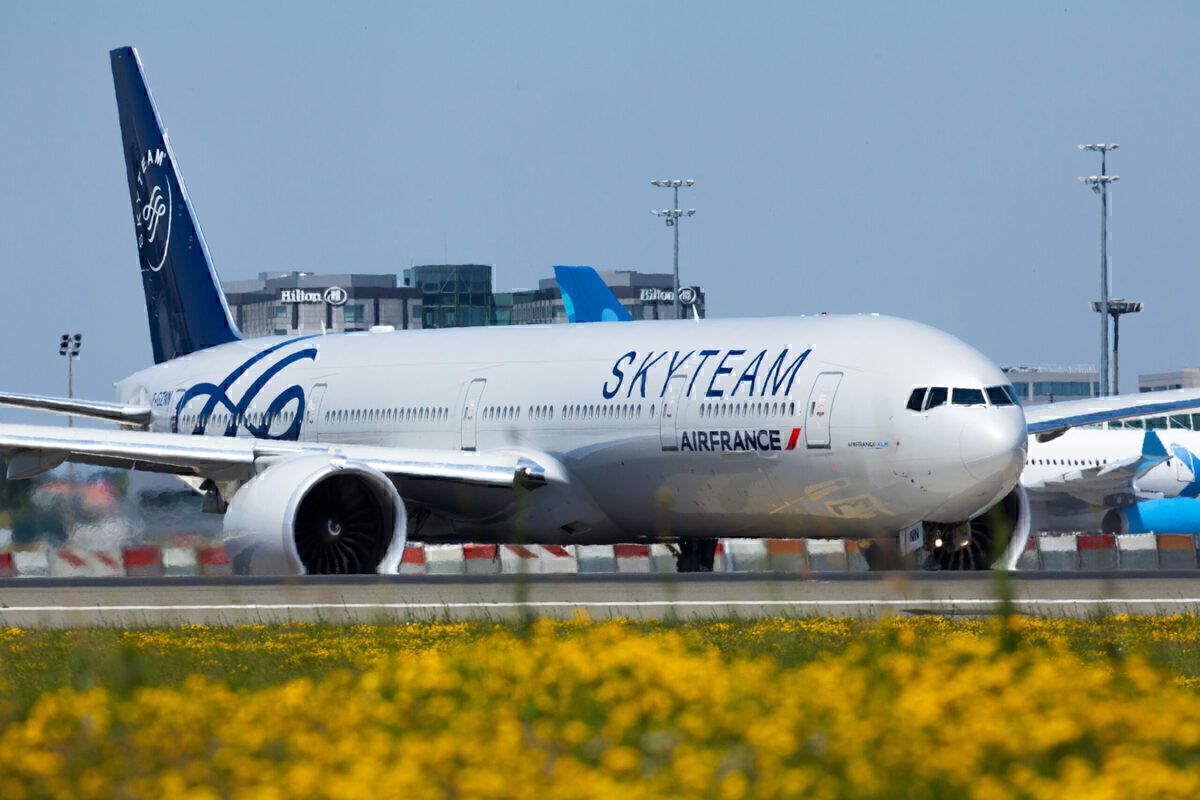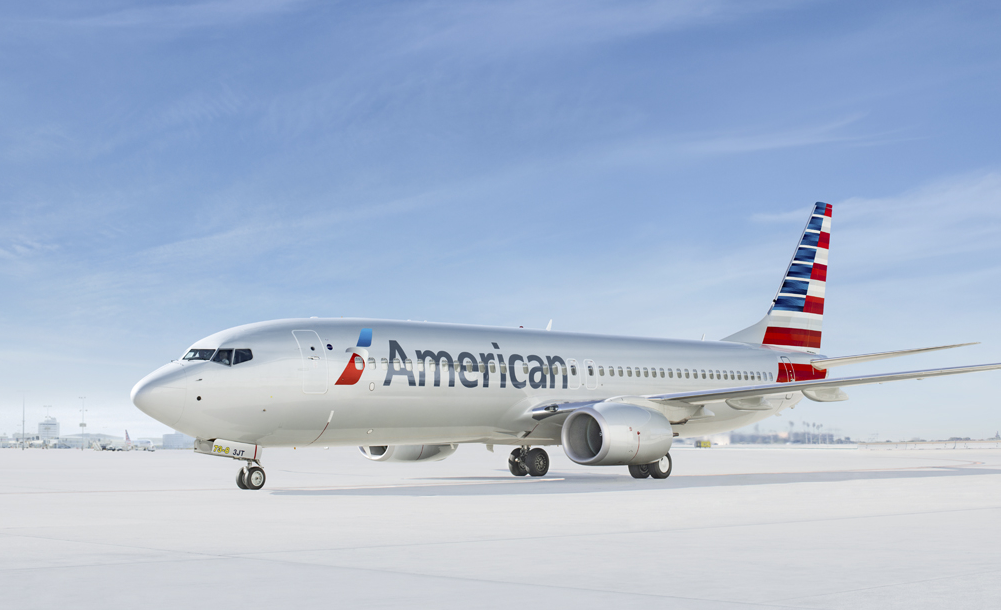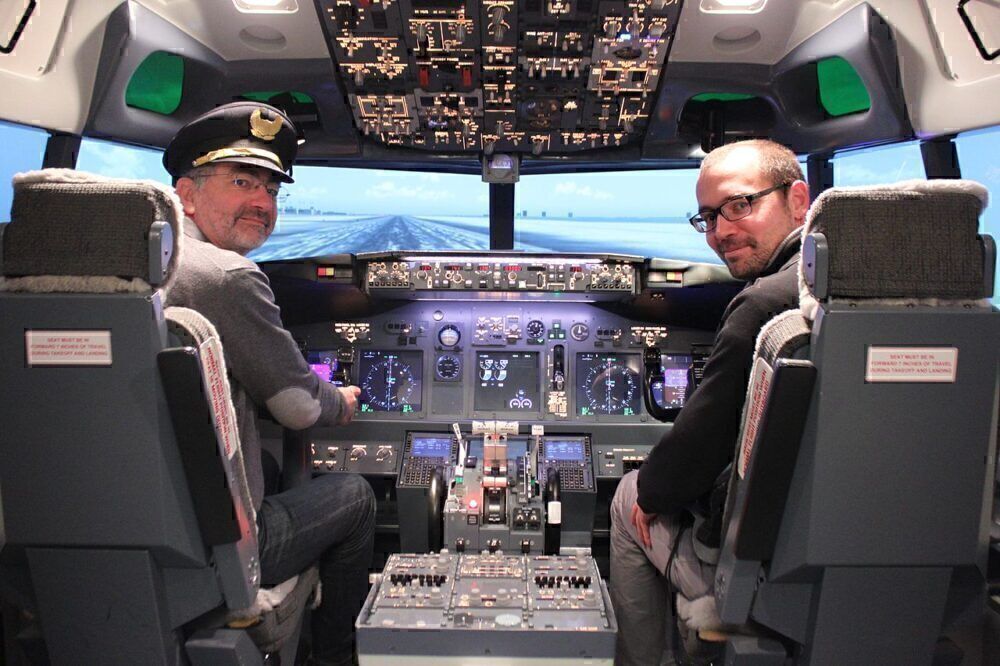Two commercial airlines experienced a near miss earlier this month south of Puerto Rico's San Juan. An Air France jet and an American Airlines jet were high over the Caribbean Sea and closing in on each other before TCAS activated to safely help avoid a collision. The incident occurred mid-evening on Sunday, December 13, 2020.
A potential collision between two passenger jets avoided
According to Simon Hradecky's report in The Aviation Herald, the incident involved an Air France Boeing 777-300 and an American Airlines Boeing 737-800. The Air France jet, registered as F-GZNN was en route to Lima from Paris. The American Airlines jet, registered as N926NN, was heading to Miami after departing from St George in Grenada.
Air France's Boeing 777 is seven and a half years old and painted in the distinctive SkyTeam livery. The American Airlines jet is six and a half years old. This is the first recorded incident for the Air France plane and the second recorded incident for the American Airlines jet.
Air France's Boeing was operating flight AF480. That's Air France's regular 10:30 departure from Charles de Gaulle straight down to Lima, arriving later on the same day. The American Airlines flight was AA1546, the 16:17 departure out of Maurice Bishop International Airport in Grenada bound for Miami.
According to The Aviation Herald, the Air France Boeing 777 was 220 nautical miles south of San Juan in Puerto Rico and climbing to FL380 from FL360. The American Airlines Boeing 737 was already at FL380 and fast converging with the Air France jet at a right angle.
The Traffic Alert and Collision Avoidance Systems (TCAS) on both aircraft were then activated. The American Airlines Boeing 737 climbed, and the Air France Boeing 777 descended to FL374. The report says the American Airlines jet intersected with the Air France jet's flight path at 38,800 feet, approximately four nautical miles ahead of AF480. The Air France Boeing 777 intersected with the Boeing 737's flight path at 37,400 feet.
The incident highlights the value of TCAS
Having passed each other without further incident, both aircraft resumed their originally planned flight paths and continued to their destinations.
This incident highlights the value of TCAS (as known as the Airborne Collision Avoidance
System or ACAS in some other jurisdictions). TCAS functions independently of the ground-based
air traffic control system and provides collision avoidance protection for commercial passenger jets.
TCAS makes use of the same radar beacon transponders installed on aircraft to operate with air traffic control’s ground-based radars. The level of protection provided by TCAS equipment depends on the type of transponder the aircraft is carrying. TCAS is a last-resort safety net that works independently of any separation standards.
Contemporary TCAS systems use secondary surveillance radar transponder signals. An aircraft's TCAS examines the Mode C and Mode S transponders of nearby aircraft. It can read the altitude and range of nearby aircraft and, if needed, issue an alert.
While the mid-December incident involving the Air France and American Airlines' jets is a good example of TCAS working well, TCAS runs on short time frames. TCAS kicks in less than a minute ahead of any potential conflict. While four nautical miles might seem a safe distance, when aircraft are each traveling at hundreds of miles plus per hour, things will happen pretty fast.
What are your thoughts about the incident? Let us know what you think in the comment section.



